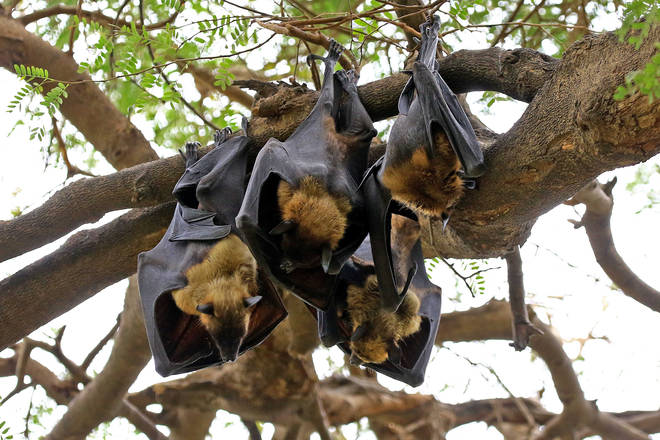Issued on: 29/03/2021

Colombo (AFP)
Sri Lanka's Catholic church called Monday for the former president and his officials to be prosecuted for failing to prevent the suicide bombings two years ago that killed 279 people.
An investigation ordered by ex-leader Maithripala Sirisena soon after the April 21 bombings found that he and his intelligence officials had precise information from India about the impending attack 17 days earlier, but failed to prevent it.
The report, parts of which were released last month, held Sirisena -- now a member of successor Gotabaya Rajapaksa's party -- criminally liable.
"It is absolutely necessary to prosecute without any hesitation and further delays all those political leaders and officials... seconded for prosecution in the report," Archbishop Malcolm Cardinal Ranjith said in a statement, without directly naming Sirisena.
He said such individuals must be held accountable "for shirking their duty so callously and doing absolutely nothing to prevent the massacre".
The statement -- signed by 12 other Sri Lankan church leaders -- warned they would organise a national demonstration next month if those named in the report were not prosecuted.
In March, the church had asked the faithful to wear black and attend Sunday Mass as a sign of protest against the delay in ensuring justice for the victims.
The church also called for an ongoing investigation to cover military and intelligence officers said to have had contacts with the local jihadist who led the coordinated suicide bombings.
The inquiry heard testimony from officials who claimed that jihadist Zahran Hashim had dealings with security forces during the country's Tamil separatist war that ended in May 2009.
Church leaders urged a further investigation.
Sri Lanka has arrested over 200 people in connection with the attacks, but is yet to prosecute a single individual.
However, the US Justice Department in January charged three Sri Lankans with supporting terrorism for their alleged participation in the attacks, which were claimed by the Islamic State group.
All three are in custody in Sri Lanka but have not been charged locally. The Justice Department said it would support their prosecution in the country.
At least 45 foreigners, including five Americans, were among those killed.
© 2










